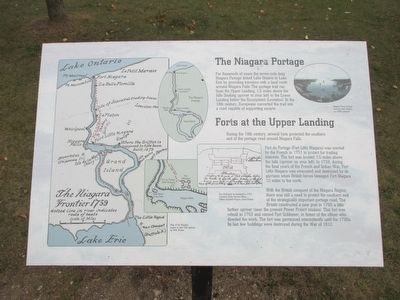Welcome to the Tucson Amtrak Station, a place where the echoes of history linger with each passing train. Established in 1907, this station has been a vital hub for travelers in southern Arizona for over a century. Originally built by the Southern Pacific Railroad, it was part of a wave of expansion that connected the eastern United States with the burgeoning West. The station’s mission-style architecture, characterized by its stucco walls and red-tiled roof, reflects the Spanish influences prevalent in the region during that era.
During the early 20th century, the Tucson Amtrak Station was more than just a stop on a map. It was a gateway for a diverse array of people—from prospectors and adventurers seeking fortune in the Arizona deserts, to military personnel during both World Wars. The station was a bustling point of departure and arrival, where stories began and ended.
One of the most notable figures associated with the Tucson Amtrak Station is Wyatt Earp, the legendary lawman of the Wild West. In the 1880s, Earp and his brothers were famously involved in the shootout at the O.K. Corral in nearby Tombstone, and they frequently traveled through Tucson. While Earp’s connection predates the current station building, his journeys contributed to the lore of the railroads in this region.
In the broader historical context, the Tucson Amtrak Station reflects the growth and development of the American Southwest. During the mid-20th century, as automobile travel began to dominate, the station saw a decline in passenger numbers. However, with the establishment of Amtrak in 1971, it was revitalized as part of a national effort to preserve rail travel. Today, it stands as a reminder of the importance of railroads in shaping the economic and social landscape of the United States.
Imagine the scene: travelers from all walks of life converging in this very spot, sharing stories of the road, and embarking on journeys that would take them across vast deserts and towering mountains. The Tucson Amtrak Station remains a living piece of this narrative, continuing to connect people and places through the enduring romance of rail travel.


